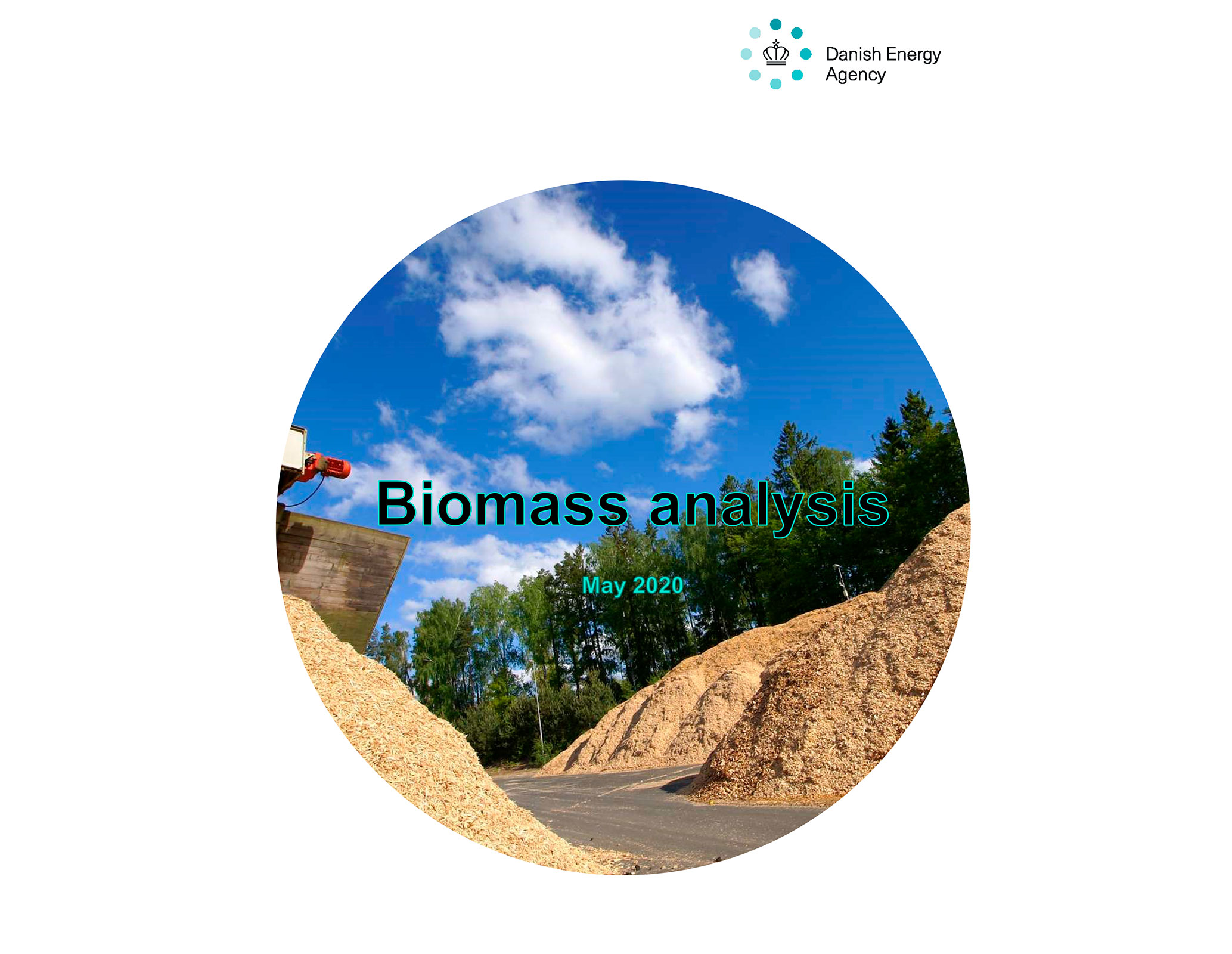The Danish Energy Agency published May 18th 2020 a Biomass analysis report concluding that biomass for energy in many cases is an advantage for the climate, e.g. when residues-based biomass replaces fossil fuels. However, in some cases, Danish consumption of biomass for energy can lead to global emissions of greenhouse gases. The report has now been translated into English.
Straw, wood chips and wood pellets have largely replaced coal and other fossil fuels in the Danish energy sector. In 2018, solid biomass accounted for 64 per cent of renewable energy used in Denmark. More than half of woody biomass used in Denmark and 95 per cent of wood pellets are imported from outside Denmark, e.g. from other EU countries, Russia and the US.
Increased use of biomass for electricity and district heating production is responsible for much of the reduction in greenhouse gas emissions from 1990 to 2017 in Denmark’s national greenhouse gas inventory, as emissions from burning woody biomass are set at zero pursuant to international rules.
According to the report, in many cases, use of biomass for energy is beneficial to the climate. For example, this is the case when residues from the production of useful wood replace fossil fuels. Other situations, e.g. cutting down trees for energy production without replanting new trees, contribute more to climate change than if coal had been used instead.
Consequently, although international guidelines allow for the consumption of biomass by the energy sector to be counted as zero emissions in Denmark, there is a risk Danish biomass consumption by the energy sector causes emissions globally that are not properly accounted for.
The report has been prepared by the Danish Energy Agency as part of it analysis work initiated by the Ministry of Climate, Energy and Supply in 2019 to create a decision basis for the future framework for use of biomass for electricity and heat production.
October 3 2020 a political agreement was reached on new Danish sustainability criteria for woody biomass. The new criteria include the sustainability criteria in the revised EU directive on renewable Energy from 2018 (REDII) as well as several more strict Danish requirements.
Read more about the political agreement in the press release by the Ministry of Climate, Energy and Utilities (in Danish).
Read the translated Biomass analysis report.
Facts:
- The Biomass analysis report is a sub-element in an analysis work which the Ministry of Climate, Energy and Supply initiated in 2019 to create a decision basis for the future framework for use of biomass for electricity and heat production.
- Denmark calculates emissions and recordings from LULUCF (land use, land use change, and forestry) and includes these in relation to its 70 per cent goal pursuant to the Danish Climate Act.
- Almost two-thirds of the biomass used is used for electricity and district heating and approx. 30 per cent is used for individual heating.
- Wood pellets are mainly used by large-scale combined heat and power plants and by households, while wood chips are used both by smaller district heating plants and by combined heat and power plants. Imported wood chips are used predominantly by large energy plants. Firewood is mainly used by households.
- Danish-produced energy wood today primarily goes to wood chips for small-scale plants and for firewood.
Contact:
Bodil Harder, Danish Energy Agency, mobile: +45 41 90 52 54, e-mail: bha@ens.dk
Christina Ellegaard Fich, tel.: +45 33 92 66 46, e-mail: cef@ens.dk
Head of Media Relations Ture Falbe-Hansen, mobile: +45 2513 7846, e-mail: tfh@ens.dk
